
Unmanned aerial vehicles are part of the technological landscape. It’s no longer remarkable to think of a robotic aircraft carrying out routine surveillance operations or even armed missions, although the latter remains controversial. But use of autonomous or remotely-piloted aircraft is, at the moment, confined to the military. Manufacturers and developers would like to be able to develop UAVs — more properly, UASs or unmanned aircraft systems, as the vehicle itself is only a part of the operation — for civilian duties.

However, the regulatory landscape makes it difficult to operate UAVs in the UK. Currently, UAVs above a certain size can only be flown in controlled airspace, segregated away from other aircraft; currently the only site is at ParcAberforth on Cardigan Bay in Wales, next to, and on land owned by, West Wales airport.
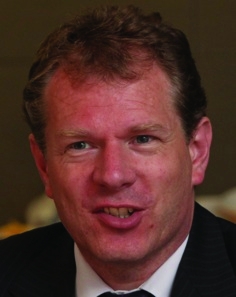
This isn’t the only barrier to expanded development of UAVs. The market for unmanned aircraft outside the armed forces is uncertain. Surveillance systems of all types are controversial and unpopular with the public, with sections of the press rarely missing an opportunity to run alarmist stories about ‘snoops’ and ‘spies’. There are undeniable safety concerns about how unmanned vehicles would operate in crowded airspace. Moreover, the most heavily publicised use of UAVs — as armed ‘drones’ carrying out missile strikes in war zones, sometimes with dreadful collateral casualties — is likely to foment even more uneasiness and opposition.
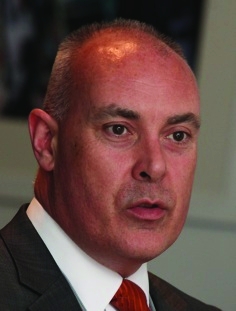
So what is the industry doing to address these concerns, and what can developers and manufacturers do to convince regulators, potential customers and the public that flying UAVs in civilian airspace is safe, appropriate and useful?
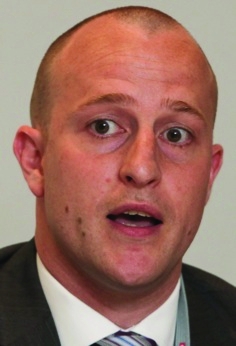
From the point of view of the Civil Aviation Authority, there actually is no distinction between different types of airspace. ‘All airspace in the UK is civil,’ said Gerry Corbett, the CAA’s flight standards officer for UASs, at a recent roundtable discussion on civil UAVs, organised in association with BAE Systems. ‘The regulations governing flight have evolved over the past 120 years, and it’s a case of UAVs adapting to the regulations, rather than there being any need for new regulations. What’s important is that they have to demonstrate an equivalent level of safety to manned aircraft, and that presents a series of challenges.’
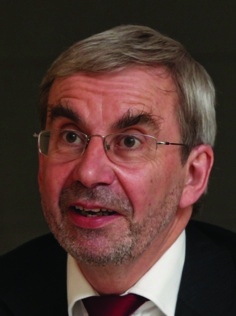
In the case of engineering and airworthiness, this is in fact the same challenge faced by any aircraft; there’s no distinction between piloted and pilotless when it comes to whether a machine is allowed to fly. However, the level of complexity for a UAV can be much greater than for an equivalent-sized light aircraft. ‘You’re talking about a system complexity equivalent to an Airbus A380 in an airframe the size of a Cessna,’ Corbett commented.
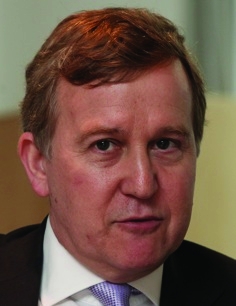
There are also challenges when the aircraft is out of the line-of-sight of its operator — how to replace the eyes of the pilot to avoid collisions with other aircraft, birds or tall buildings in an urban environment. ‘For manned aircraft, you have a window and a pilot, and although in a commercial passenger aircraft the pilot might not need to put his or her hands on the controls or look out of the window between take-off and landing, they can still see their surroundings. In the case of a UAV where you’te taking the pilot out of the aircraft, there has to be some assurance that there is still an awareness of the surroundings.’
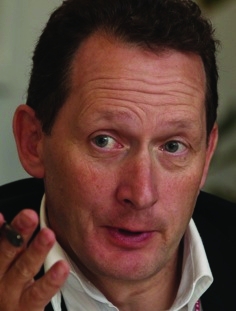
This is the heart of what ‘equivalence’ is about, commented Simon Jewell, BAE Systems director and chairman of ASTRAEA, the BAE-led project to develop systems and practices that allow UAVs to operate in unsegregated airspace. ‘At the start of UAV development, we thought that maybe we would need new regulations, but now the feeling is that we won’t,’ he said. ‘The current regulations are fine as far as reaching equivalence goes — they tell us the standards that UAVs will have to reach — but they were written when there was no such thing as a UAV and they contain the presumption that there’s always going to be a pilot in the cockpit, because that was the only way an aircraft could fly. They might have to evolve and be rewritten to remove that assumption.’
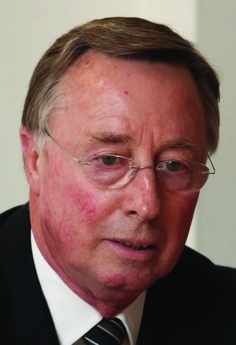
However, it would be wrong to think that UAV development ultimately means there won’t be a pilot. ‘UAVs aren’t going to be let off the leash,’ said Lambert Dopping-Heppenstal, ASTRAEA programme director. ‘There will always be a pilot in control, although there might be some evolution in exactly what we mean by “in control”.’
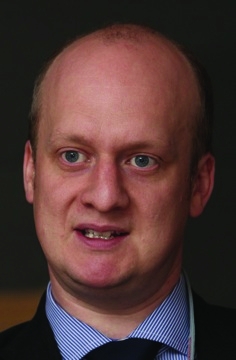
The role of the pilot, or commander, or whatever the person overseeing the aircraft is called, is already covered by the existing regulations and the concept of equivalence, said Corbett. Although there are differences in how control is exercised, ‘the aircraft is still piloted, whether it’s by waggling a stick, or using point-and-click with a mouse and on-screen interface. The elements of “airmanship” have to be exactly the same as any other pilot occupying the same piece of airspace, because they will have to cope with the same conditions. Their training might be different, but the end result has to be the same.’
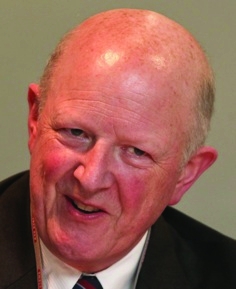
In fact, Corbett said, the whole category of UAV is somewhat misleading. ‘There are four categories of aircraft: glider, balloon, airship and flying machine, and there are manned and unmanned versions of each,’ he said. ‘But if they’re going to operate in the same airspace, then UAVs shouldn’t be considered separately, as something tagged onto the side. They’re just another subset of the same categories.’
There are technological gaps to be filled to ensure that UAVs can operate with equivalent safety to manned aircraft, Jewell said; these include weather sensing systems and sense-and-avoid collision prevention systems. These are among the technologies that are being developed by the Astraea programme which, Dopping-Heppenstal explained, is taking a holistic approach to setting the pace in developing both the equipment and the standards. ‘It doesn’t appear that anybody else in Europe is taking this approach,’ he said.
Astraea is a collaboration between BAE Systems, AOS, Cassidian, Cobham, Rolls-Royce, Thales UK and Qinetiq. The programme is running two projects; separation and avoidance, which includes the technology needed to fly the aircraft from its groundstation, the security and integrity of the communication system, and sense and avoid; and autonomy and decision making, covering a ‘variable autonomy system’ which shares the decision-making process with the human operator.
The programme has concentrated on developing software and other systems, and begin flying trials, using a converted Jetstream passenger aircraft as its test-bed, earlier this year. The aircraft has a pilot on board at all time to take control if necessary, but has been trialling technologies including a video-camera based cloud spotting system, an infra-red detector that would help the aircraft avoid built-up areas in the event of an emergency landing; a system that allows the aircraft to communicate with air-traffic control; and aircraft sense-and-avoid.
‘The challenge is integration,’ commented Andy Wright, director for technology acquisition at BAE Systems. ‘We all know how difficult it is to develop large, complex and integrated systems.’
However, the technology isn’t starting from scratch, pointed out Jeremy Howitt, head of UAS strategy and future business at Qinetiq. ‘There are lots of similarities between manned and unmanned aircraft; there’s an 80-90 per cent equivalence in terms of airworthiness already.’ That, he added, is why many in the industry believe that it will only take ten years or less to evolve and develop the appropriate regulatory landscape for civil UAVs.
The development path for UAVs is far from clear. John Moreland, general secretary of the Unmanned Aerial Vehicle Systems association, said that while Astraea represents where technology development is pushing UAV development, another consideration is the interest from potential commercial UAS users, and where their demands could pull the technology. Much of the demand is for vehicles which fly at or below 500m, where some of the technology developed in Astraea — sense-and-avoid, for example — might not need to be so complex, as there is little chance of colliding with other aircraft or trees at these altitudes.
‘But the two ends [high- and low-altitude] will come together as the technology miniaturises,’ commented Dopping-Heppenstal. ‘We’ll see lessons from small-scale UAVs taken up by those developing larger aircraft.’
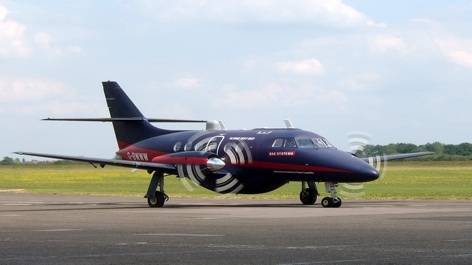
The break point will be the level of capability of smaller airframes, said Alan Brooke, technical lead on UAS at the Centre for Applied Science and Technology of the Home Office. ‘I’m representing what the police want from UAVs — there are several applications which could be useful — and basically what they’re after is a camera on a stick, without the stick. That’s not a very complex system,’ he commented.
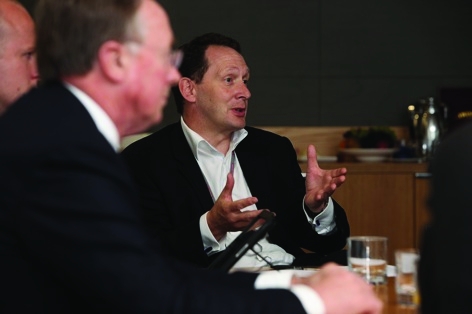
From the commercial end, Ralph Coleman, sales director of BlueSky International, a company which uses small UAVs to gather geographic data using aerial cameras, LIDARs and thermography, commeted that some applications will just need a larger airframe. ‘The payload ends up effectively flying the UAV, because your survey responds to the information you’re gathering,’ he said.
The sort of applications that might be developed are wide, Coleman said. ‘It’s a global market, and basically you’re looking at anything where you can’t or don’t want to go with a pilot. Where endurance is an issue, where it’s too dangerous, or where an aircraft is too big.’

One major potential market is the oil industry. ‘Two planes were lost last year doing surveys for the oil industry over rocky terrain. It would make sense to use UAVs,’ Coleman said.
Similar problems are faced with surveys for open-cast mining in Australia, and also with managing remote agriculture — crop spraying and monitoring livestock in particular, said Robert Whitehouse, business developer manager for the unmanned systems sector at Roke Manor Research, which specialises in UAV development. ‘Where you’re working in large countries with a sparse population, UAVs really make sense.’
Andy Wright pointed out that there are applications closer to home as well. ‘Strathclyde Mountain Rescue can’t get manned aircraft into low cloud to conduct searches,’ he said; a UAV equipped with thermal imaging cameras could be used for this. The Swedish police have also looked at this application, he said.
Survey work is also a potential UK market, for monitoring the conditions of pipelines, cables and railways; these surveys could be almost continuous. ‘Power line surveys would need to have quite a lot of image analysis equipment, because it’s quite tricket to find a broken insulator,’ Wright said.

The police and other emergency services are also interested in using UAVs for applications such as searching for missing persons and in monitoring large areas, such as might be necessary for a large road traffic incident, Brooke said. ‘One advantage of UAVs is that you could have multiple viewpoints or several aerial vehicles covering a large area, which you can’t do with helicopters — they cost £1000 per hour to keep in the air,’ he commented. ‘But there’s another consideration there — they would need to be almost completely self-controlled, because they would be likely to be used by relatively untrained operators.’
They could also come in handy at sea. ‘Every lifeboat could have a UAV on board,’ Coleman suggested. ‘That could pinpoint an incident and relay information back to the boat so they could prepare a rescue strategy.’
The public concern about UAVs need to be addressed, as everyone agreed. However, there is a question over whether this really is a debate about UAVs in particular, or about surveillance and privacy in general.

‘Safety issues about UAVs can be addressed as we develop the technology,’ said Jeremy Howitt. ‘And as for the surveillance aspect, you already need authorisation for any operation,’ added Alan Brooke. ‘There’s much more concern over private individuals using one — what if a paparrazo got hold of one?’
‘Debate is natural,’ said Simon Jewell. ‘And we have to bear in mind that we’re in the very early days of this technology. The discussions we’re having now are very similar to those that accompanied the introduction of the motor car at the beginning of the 20th century.’
The important thing, said Dopping-Heppenstal, is to make clear what the UAVs are used for. ‘If there’s one thing we mustn’t do,’ he said, ‘it’s give the impression that we’re going towards unmanned airliners.’
All roundtable pictures by Phil Adams





Red Bull makes hydrogen fuel cell play with AVL
Formula 1 is an anachronistic anomaly where its only cutting edge is in engine development. The rules prohibit any real innovation and there would be...